If you are in the market for a quality PCB, then you have likely come across medical PCBs. But what are Medical PCBs? What are their applications? And what makes them different from other types of PCBs? In this blog post, we will answer all of those questions and more! We will discuss the different types of medical PCBs, their applications, and some of the benefits of using them in your next project.
What is medical PCB?
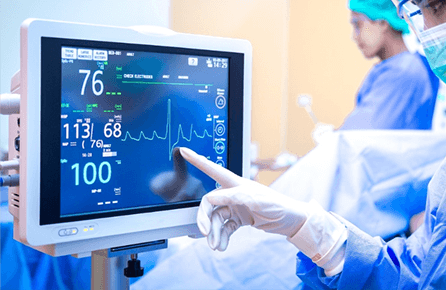
Before we answer that question, let’s define PCBs in general. A PCB is a type of electronic that comprises insulating material between two sheets of conductors. This can take the form of flexible or rigid boards and there are many uses for this including electrical equipment such as computers, remote controls, and calculators.
However, what we will be focussing on here is medical PCB (or medical printed circuit board). That means any types of PCB used within the medical industry which include: cardiac monitors; implantable pacemakers; defibrillators; ventricular assist devices; neurostimulators; cochlear implants; drug infusion pumps and insulin pumps. These devices use various sized circuits to perform their function and generally, these are very small, with most being the size of a thumbnail or smaller.
Types of Medical PCBs
There are many different types of Medical PCBs. And these can broadly classify into two main categories: high voltage and low voltage boards.
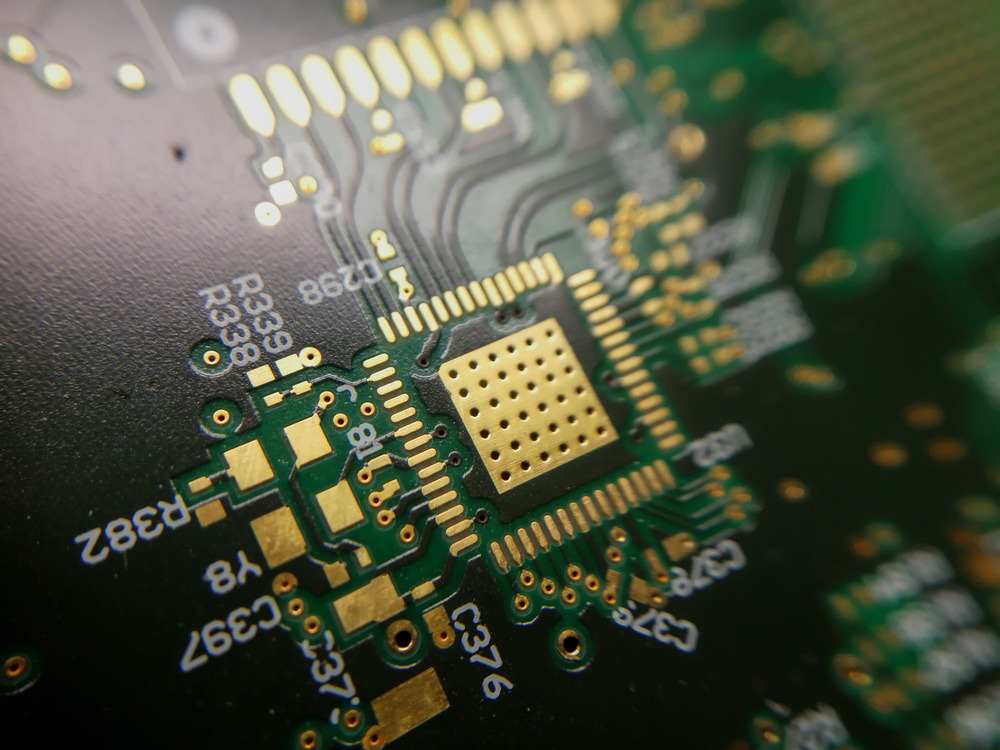
1. High Voltage Medical PCB:
High voltage printed circuit boards that monitor electrical pulses or shocks from a defibrillator or monitor heart activity that has a high voltage of 400 V to 450 V and low current on the order of 100mA-300mA. The size for this type of printed circuit board is bigger than other types.

2. Low Voltage Medical PCB:
Low voltage printed boards are those with a small power source such as batteries. Which provide intermittent charging for up to 10 years on the order of 3 V, 5V, 9V-12V, and 24V. The size for this type of medical printed circuit board is smaller than the high voltage printed circuit boards category. There are two kinds of low voltage circuits based on the mechanism.
How are medical PCB used?
In order to understand how printed circuit boards function within a specific type of electronic device, you need some basic knowledge of how the device works. So, let’s look at an example to clarify this. There are many medical devices that use a cardiac monitor as part of their function and one of those is a defibrillator.
How does a Defibrillator work?
A defibrillator can design to deliver an electrical shock through electrodes attached to the skin in order to restore heart rhythm back into a normal sinus rhythm following a sudden loss of this vital organ function due to fibrillation.
1) Firstly
Two patches with gel-covered wires. It can insert through the upper chest area into the veins on either side of your heart. These electrodes record the electrical impulses of your heart’s activity. This allows your doctor to determine how fast your heart beats and whether you need an electric shock. Leads are attached to the electrodes so that electricity can flow through them into your body.
2) Second
A screen that monitors the heart activity will display this information for the physician to see. It can also record on the computer to analyze later if necessary.
3) Three
Physicians can choose to perform either synchronized cardioversion or defibrillation procedures. These procedures use electricity from the defibrillator circuitry to achieve their purpose. In both cases, two patches will place on your skin. However, depending on the type of treatment decided upon, an external device may also be part of the procedure.
Applications of PCBs for the Medical Industry:

1. Pacemakers:
The most common use is for people with atrial fibrillation which involves the upper chambers of the heart contracting too rapidly, preventing blood from filling up the lower chambers, or ventricles. This irregular heartbeat can cause poor circulation and increase the risk of stroke. A pacemaker suppresses this accelerated rate using electrical impulses.
A PCB is used in a pacemaker to help monitor heart activity so that the doctors can decide when a shock needs to be applied to restart your normal heartbeat if needed. The size for this type of medical printed circuit board is smaller than the high voltage printed circuit boards category while it has a similar function.
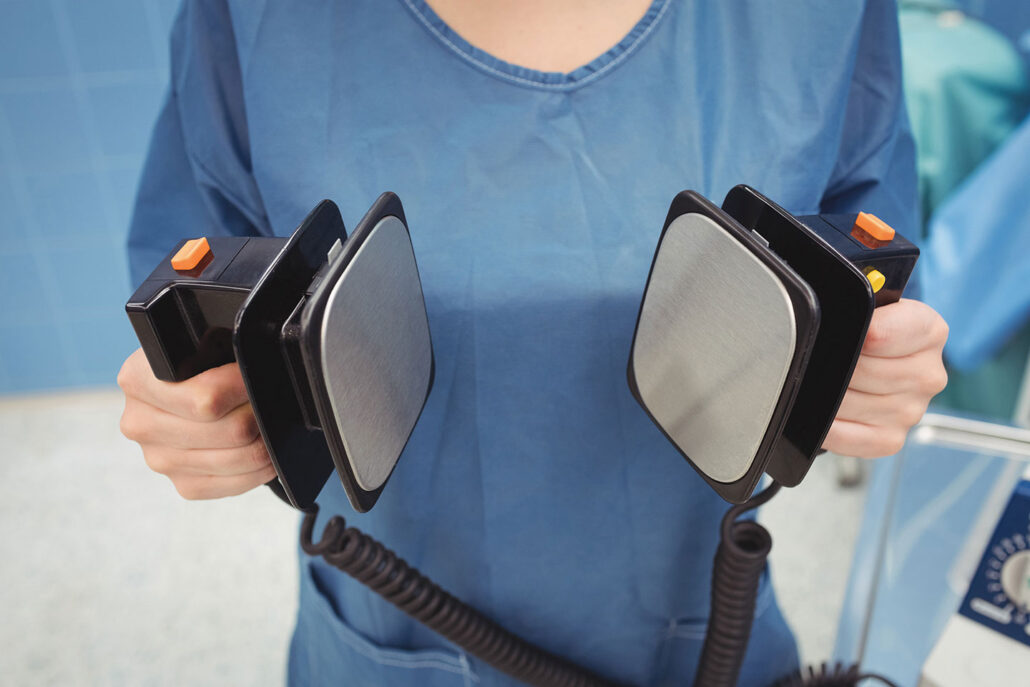
2. Defibrillators:
A defibrillator detects arrhythmias and is used to shock the heart back into a normal sinus rhythm. This procedure restores a proper heartbeat. It provides adequate blood flow to the entire body. A medical PCB is used in the defibrillator to monitor the electrical impulses from your heart activity. This allows the doctor to determine when you need an electrical shock to restore it to a normal rhythm. This type of medical printed circuit board is smaller than the high voltage printed circuit board category.
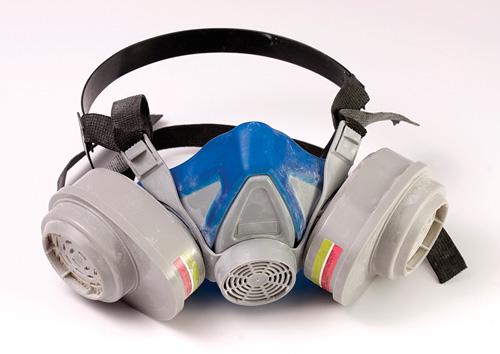
3. Respirators:
A respirator is used to help patients breathe who are unable to do so on their own due to damage or disease-related changes in their lungs. A Medical PCB is used in a respirator to monitor the breathing rate of the patient so that the doctor can decide on whether more air needs to be added into the mix, or if too much is being exhaled by the patient at any given time.

4. Home Care Monitors:
A home care monitor is a primary electronic device used to monitor a patient’s vital signs. This equipment allows homebound patients to receive proper medical care in the comfort of their own homes. It also eliminates the need for family members and caregivers to visit them in clinics and emergency rooms.
A Medical PCB is used in this kind of equipment because it helps detect changes in breathing, heart rate; blood pressure; body movement; seizures; alerts others via an integrated siren; records data for future physician review.

5. Wheelchairs:
Wheelchairs are basic electronic devices used by doctors and paramedics to help move people around or transport themselves without having to use their hands.
A PCB is used in this kind of equipment because it helps with movement assistance by detecting the pace at which the person walking is moving, notifying others via an integrated siren, or even recording data for future physician review

6. Digital Nutrition Pumps:
This type of medical PCB is used to help parents feed their children if they are too young or have health problems that prohibit them from eating on their own or having someone else feed them. The pump releases food through a tube into their stomachs without any human intervention needed. Since babies can’t swallow large amounts of food at once, doctors will often use pumps instead of feeding tubes for this job. This process helps to prevent choking and avoids issues related to abnormal connections between the food tube and digestive tract. The PCB in this kind of equipment is used to monitor the child’s respiratory rate, heart rate; blood pressure; body movement; seizures; alerts others via an integrated siren; records data for future physician review.

7. Medical Telemetry Equipment / Telemetry Monitoring Systems:
A telemetry device is a monitoring system. It transmits information about a patient’s condition from their room directly to the nurse’s station So that the health care provider can assess it immediately. This does through a system of connected units. The system includes one or more sensors to monitor the patient’s condition. A transmitter sends information about the monitor’s results back to the nurses’ station, as well as a display for the nurse to view. This way it is easier for doctors and nurses to know immediately if something goes wrong with the patient’s condition.

8. Magnetic Resonance Imaging (MRI) Machines:
A magnetic resonance imaging machine is a device used by doctors and other health care professionals to provide high-resolution images of the inside of the body. A PCB is used in this kind of equipment because it helps with patient positioning, stabilization, and support; navigates the patient into the correct position for scanning; records data on movement and positioning for future analysis. It also alerts others via an integrated siren if there are any changes in the patient’s vital signs or breathing rate.
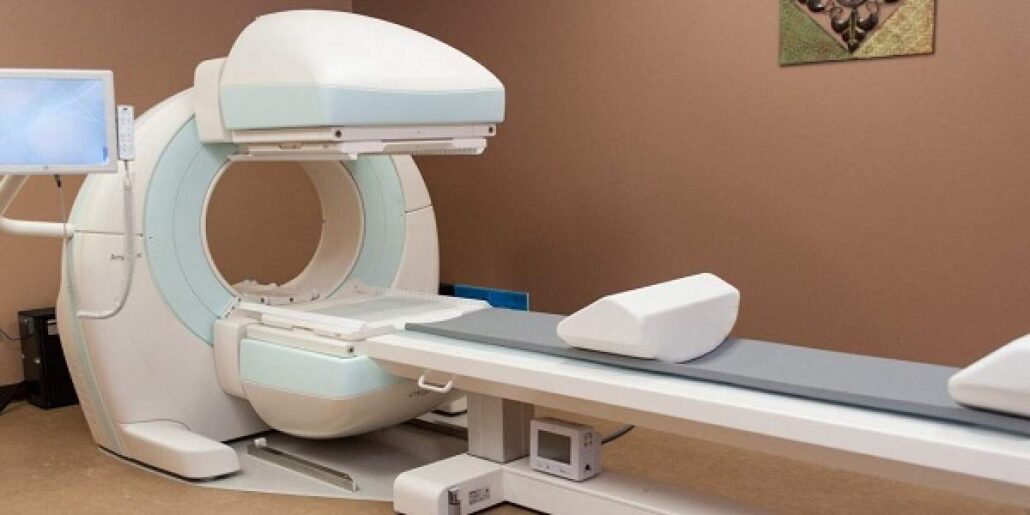
9. Nuclear Medicine Equipment:
Nuclear medicine devices use drugs containing small amounts of radioactive material to create images. This allows it to view under a microscope during medical procedures such as bone scans, CT scans, angiograms, cardiac function tests, and organ scans.
The medical PCBs in such devices help health care providers monitor patient vital signs. This process helps detect subtle changes in a patient’s vital signs. Thus nurses can better monitor the condition of the patient during the procedure.
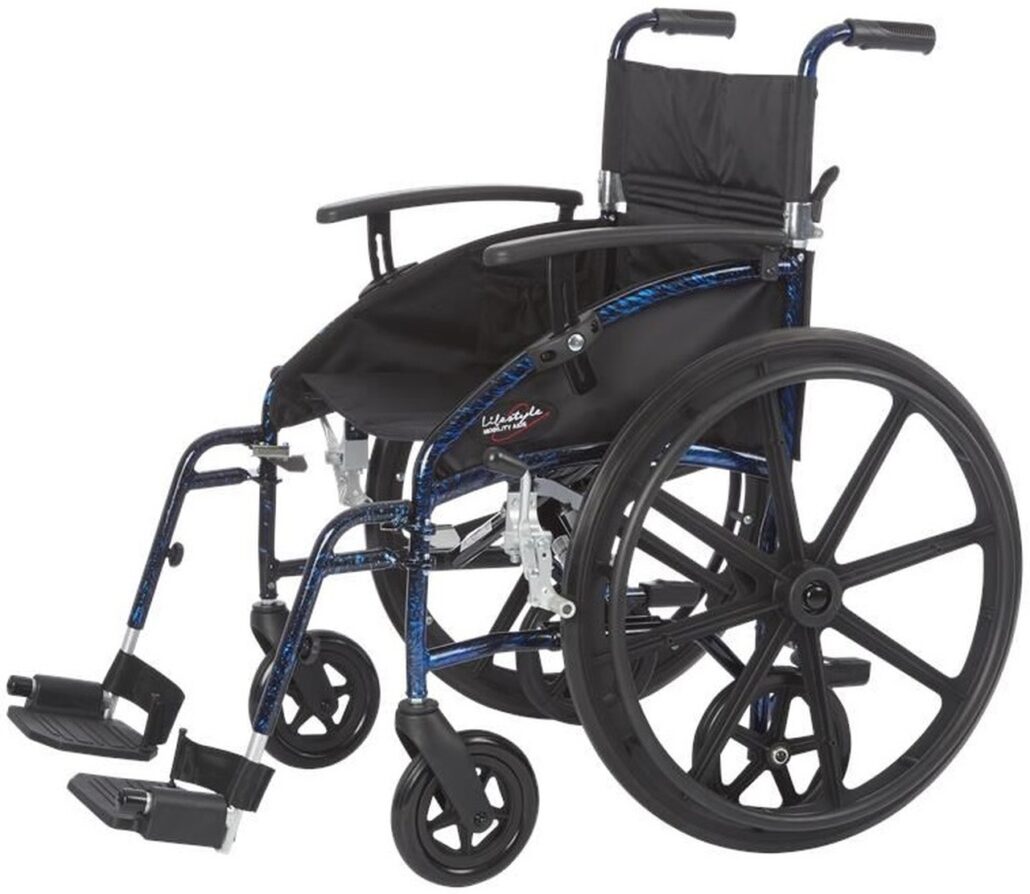
10. Patient Mobility Aids:
Doctors and other health care professionals use primary electronic devices as patient mobility aids. They help people move when they are unable to walk on their own.
A PCB is used in this kind of equipment because it helps with movement assistance by detecting the pace at which the person walking is moving; notifying others via an integrated siren if there are any changes in the patient’s vital signs.

11. Patient Positioning and Stabilization Systems:
Patient positioning and stabilization systems use restraint equipment or pillows to help immobilize patients during medical treatments; such as burn victims, those with certain types of heart conditions, etc. A PCB is used in this kind of equipment because it helps with movement assistance by providing feedback on the position of restraints; alerts others if there are changes in the patient’s vital signs via an integrated siren.
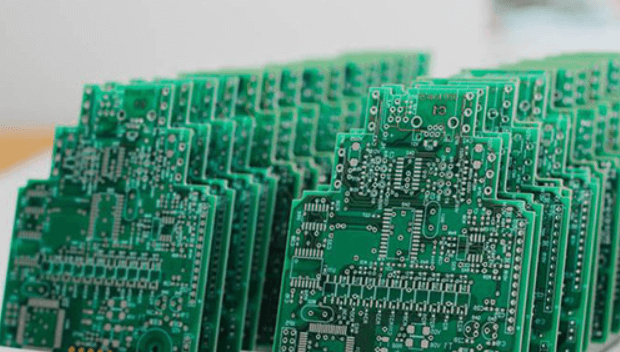
12. Patient Support Systems:
Patient support systems are medical devices used to help lift, carry, transfer, or hold a patient in place when they are unable to do so themselves. A PCB is used in this kind of equipment because it helps with patient positioning during transfers; alerts others via an integrated siren if there are any changes in the patient’s vital signs or breathing rate. This way it is easier for nurses and doctors to monitor multiple patients at once instead of having them come into checkup rooms one by one.

13. Pharmaceutical Medical Equipment:
A medication medical device can use to dispense, identify or measure medications. It provides the correct amount of medicine to the patient. It assists in identifying patients by recognizing the barcode printed on the medication package. A medication medical device helps nurses and other healthcare professionals by providing the name of the medication. This makes it easier for nurses and doctors to monitor multiple patients at a time.
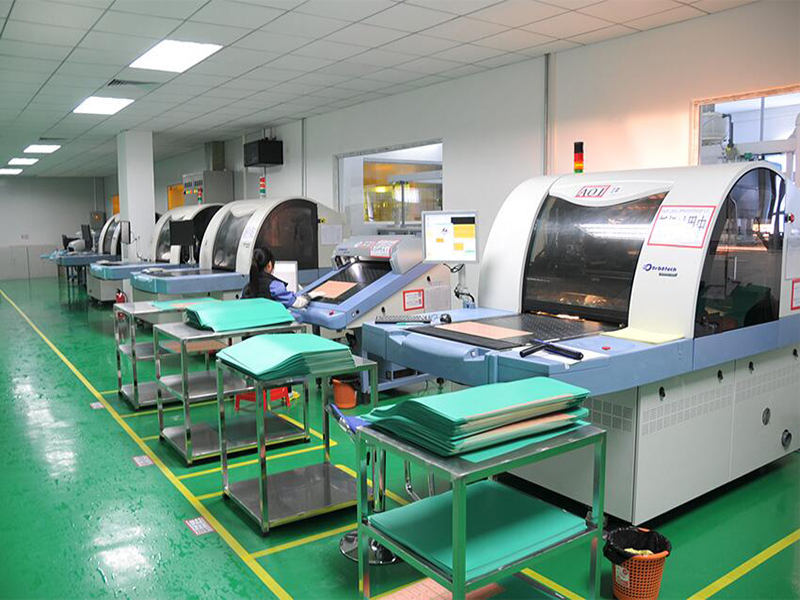
14. Patient Warming Systems:
Patient warming systems use heated blankets, warming pads, low-air-loss mattresses, and other electrical equipment to help regulate patient body temperature. A medical grade PCB can use in this kind of equipment because it helps with patient positioning during transfers; alerts others if there are any changes in the patient’s vital signs via an integrated siren. This way it is much easier for nurses and doctors to monitor multiple patients at once instead of having them come into checkup rooms one by one.

15. The Medical Glove Box:
The medical glove box allows healthcare professionals to remove hazardous materials from patients when treating them in confined areas. A medical grade PCB is used in this kind of equipment because it controls fan speeds based on room conditions. Alerts others if there are any changes in the room atmosphere via an integrated siren or notifies nurses or doctors via a personal device. This way it is much easier for nurses and doctors to monitor multiple patients at once instead of having them come into checkup rooms one by one.
Medical Industry Rigid-Flex PCBs:
These types of PCBs can install in medical devices that use high voltages to monitor the electrical components within the device. The medicalgrade PCB material is often composed of a combination of both rigid and flexible circuit boards to handle equipment operation between 100VAC up to 1kVDC.
In addition to safety certifications for insulated volume or flammability ratings. These rigid-flex PCBs must also be resistant to chemicals found in many common cleaning agents used around hospitals and other healthcare settings for daily maintenance. Furthermore, these types of boards may need additional protective coatings over the exposed copper circuitry. Examples: Patient warming systems, pharmaceutical medical equipment, and patient support systems.
